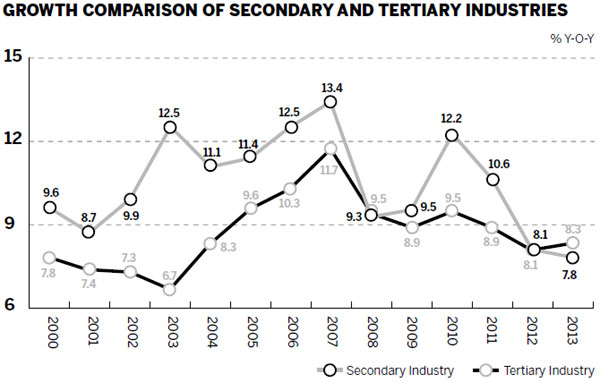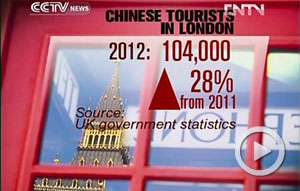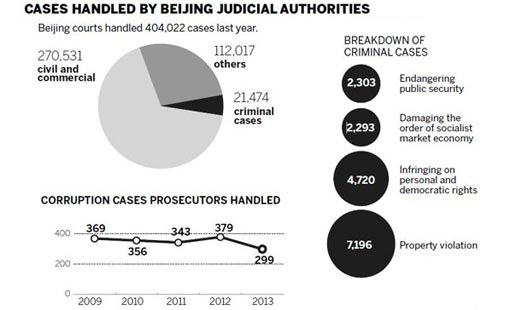Servicing future growth
Updated: 2014-01-28 07:54
International analysts like to measure China's performance by looking at its gross domestic product - even though its current leaders try not to highlight it as much as their predecessors did.
Annual sessions of the people's congress on the provincial level have unanimously lowered the local GDP targets for 2014.
But stock markets, in the mainland and overseas, are filled with nostalgia about the glorious time of high growth in the 1990s and 2000s. Investors remain sensitive to growth updates from China, as if a high growth rate is necessarily good, while low growth is inevitably bad.
This is only a symptom on the surface. People know that some of the past high growth has resulted in many problems - a waste in industrial capacity and, in the meantime, a squeeze on the investment that should have been used more productively, in developing services, for instance.
But without the growth updates, people simply cannot tell if the economy is still working. GDP, for all its defects, is a tool, like binoculars, for investors to appreciate the broad landscape of a large economy.
But one cannot rely on just one single tool for a complex task, when people look at the US economy, they look at its GDP and its job data as well. You also need a second tool for appreciating China. But the Chinese job data are not so useful, because they are under the control of a non-economic authority and only cover some urban jobs. They seldom reflect any changes.
Moreover, because this is a country of rapid change and plans to change in some even bigger ways - in an attempted transition from an economy based more on export and government-led capital investment to one based more on people spending their money - one had better find another tool, that better reflects the economy's changing balance.
For this purpose, one set of figures to look at is capital investment, or what the Chinese would call investment in fixed assets. But that basically covers the building of all new things. If it is investment in high-speed railways (which mainly carry passenger trains), then it could lead to more tourist spending. If it is investment in just another iron and steel complex, then it is more likely to be a waste, unless the technology involved can drive most existing steel mills out of business.







